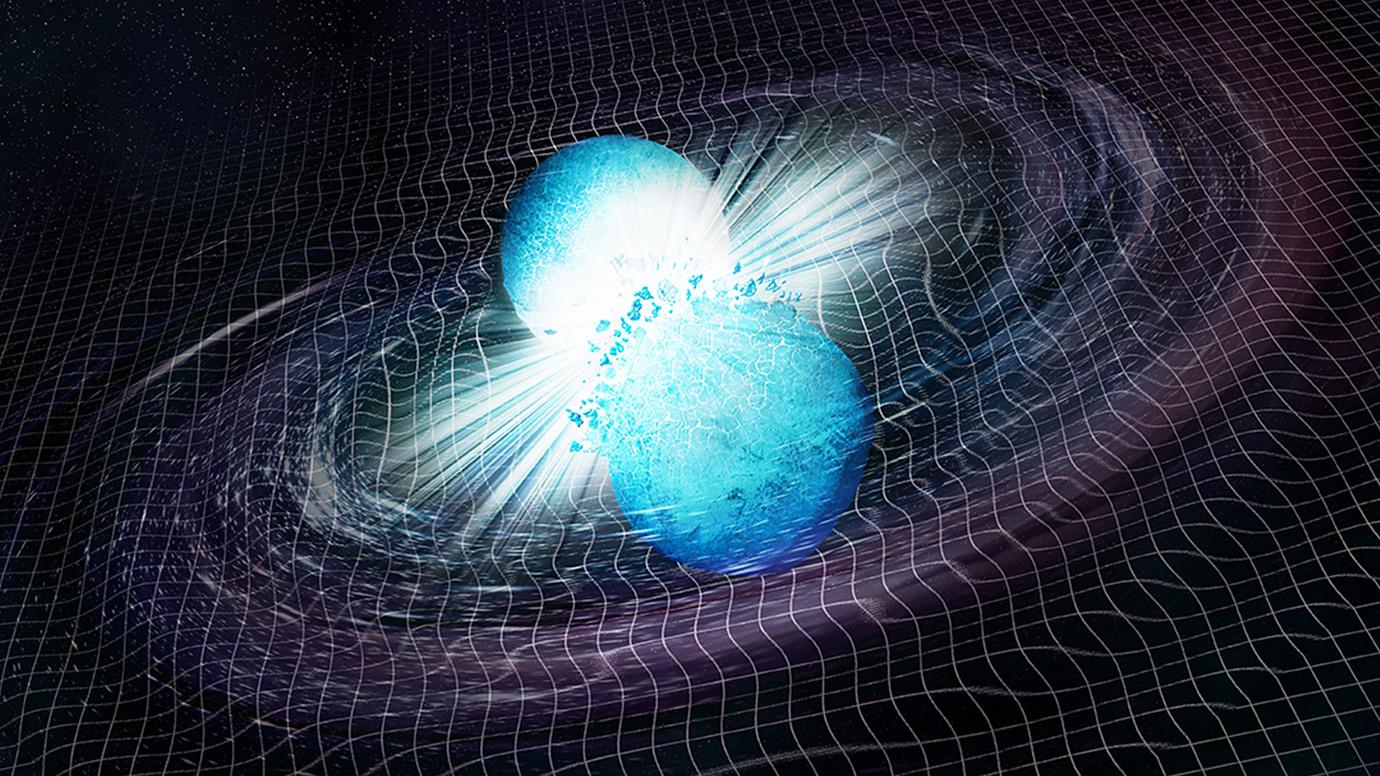The super-powerful James Webb Space Telescope and its predecessor Hubble together observed a long gamma-ray burst (GRB) that occurred when two dense neutron stars collided millions of years ago. As a result, according to the instruments of the telescopes, this merger gave rise to literally pure gold.

Neutron stars are the result of supernovae, or explosions associated with dying stars that do not turn into black holes. Earlier this week, JWST was used to detect a neutron star at the heart of a famous supernova that scientists believed existed, but which they could not see until now.
Since these bodies are basically small and dense balls, something massive actually happens when they collide. With the help of two space telescopes, scientists from the University of Rome could notice a bright aurora known as a kilonova, consisting of heavy elements such as silver and gold, which were formed as a result of the violent merger of dead stars.
“It was thrilling to study a kilonova as we had never seen before using the powerful eyes of Hubble and JWST. This is the first time we’ve been able to verify that metals heavier than iron and silver were freshly made in front of us,” said Eleonora Troja, an astrophysicist at the University of Rome.
When two neutron stars collide, it produces a massive explosion called a Kilonova. Some of the heaviest elements in the periodic table, such as gold, platinum, and uranium, are forged in these unbelievably powerful blasts.
— FarLife (@FarLife1) January 10, 2024
pic.twitter.com/NoICHBGnP3
As explained in the report, longer gamma-ray bursts are usually associated with the death of one star, rather than the merger of two. However, this tradition is being questioned in the case of GRB 230307A, which was discovered by the Italian Fermi mission in 2023. And is the second longest (200 seconds) among such energy bursts ever detected.
A new study published this week in the journal Nature shows that when neutron stars exist in binary pairs, as in the case of this supernova and the related kilonova known as AT2017gfo, their collision seems to contribute to the formation of not only iron and silver, but also gold. This golden flare will help scientists better understand the way of Universe formation.
“Neutron star mergers could give rise to an ideal environment to extensively synthesize heavy elements, which is currently beyond artificial creation. Studying neutron star mergers helps us rewrite the obscure chapters of nucleosynthesis, the scientific term for the formation of new atomic nuclei that occurred in the first seconds after the Big Bang,” said Yu-Han Yang, head of the research group at the University of Rome.
Earlier, we reported on how the gamma-ray burst caused disturbances in the Earth’s atmosphere.
According to Space
Follow us on Twitter to get the most interesting space news in time
https://twitter.comne/ust_magazine


